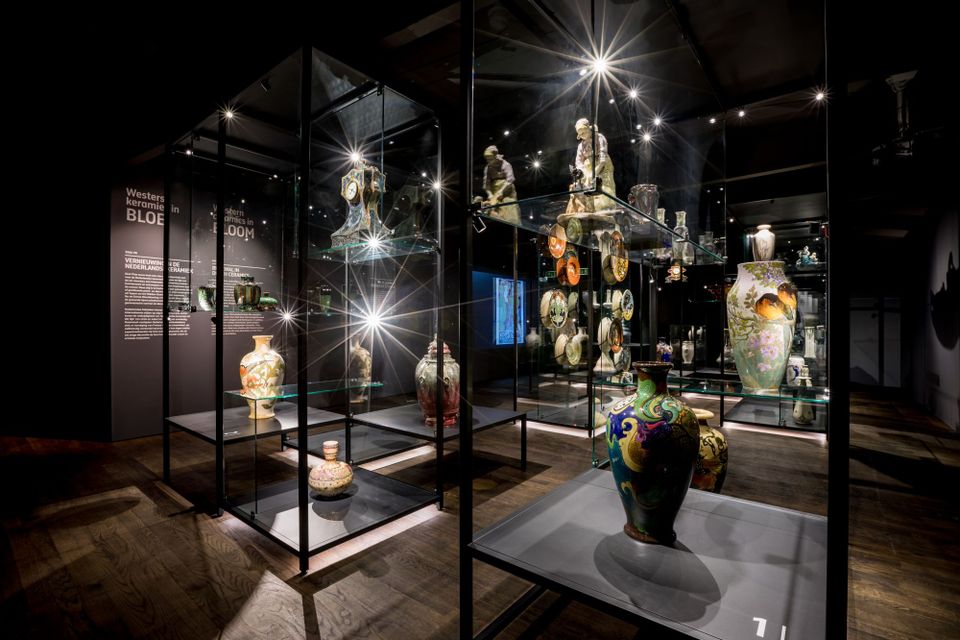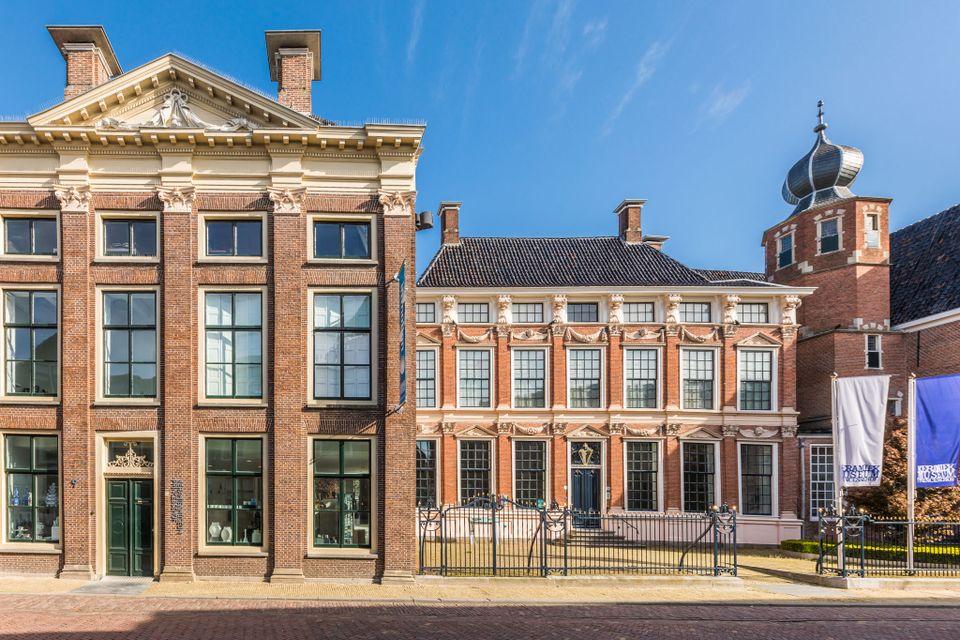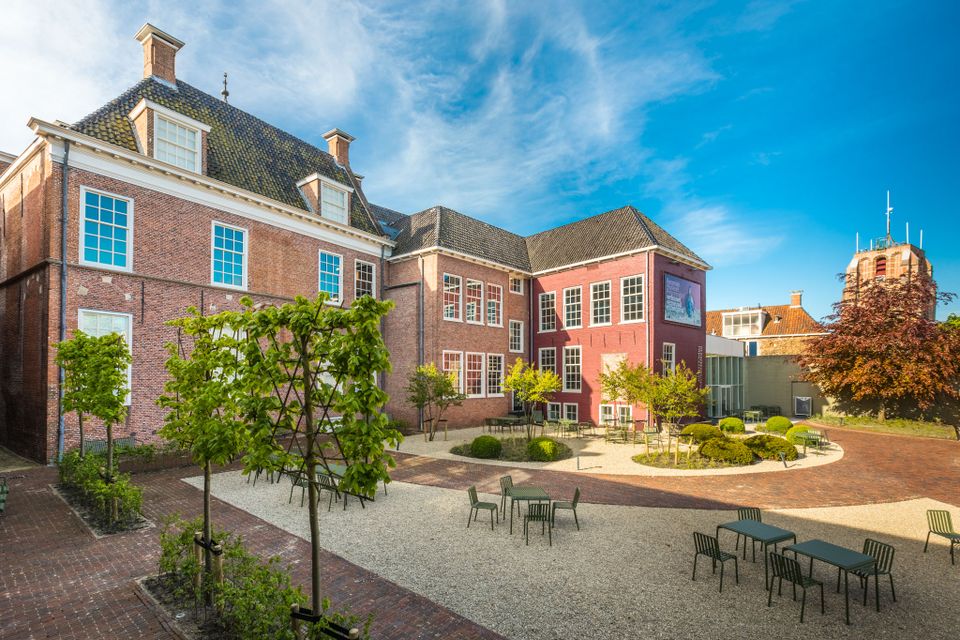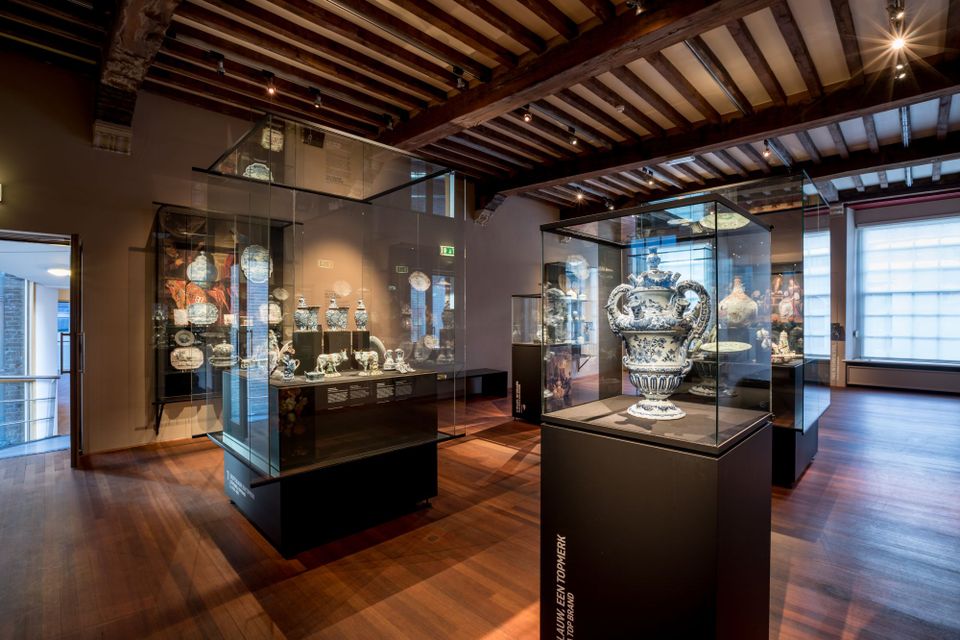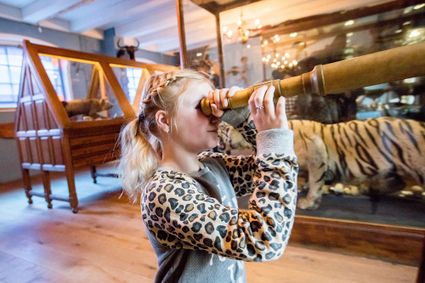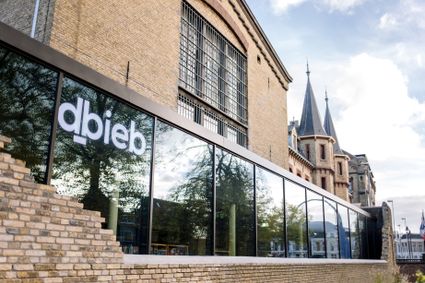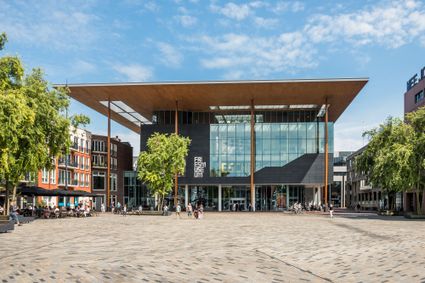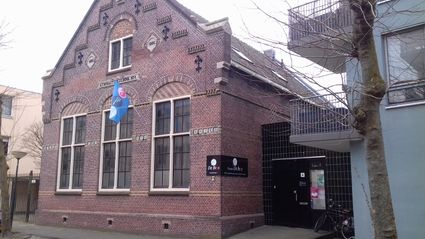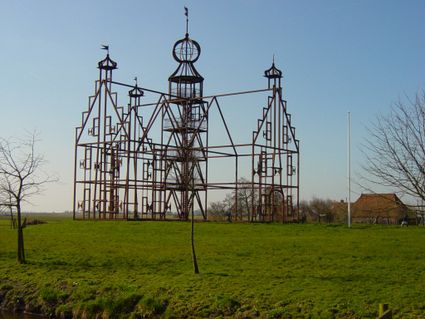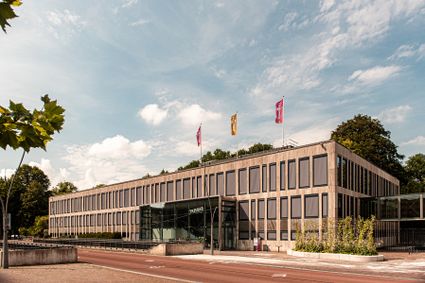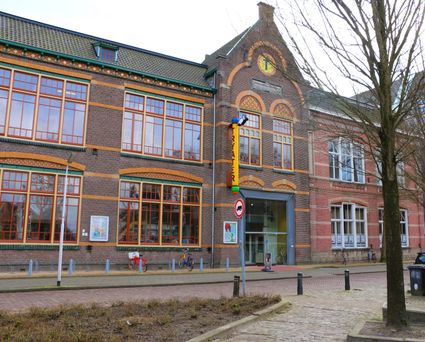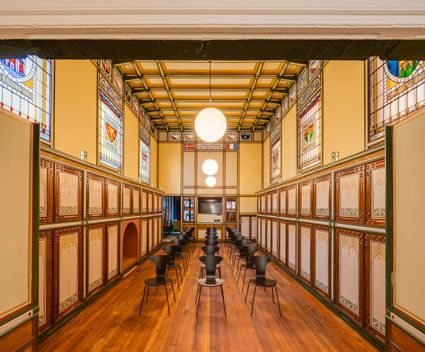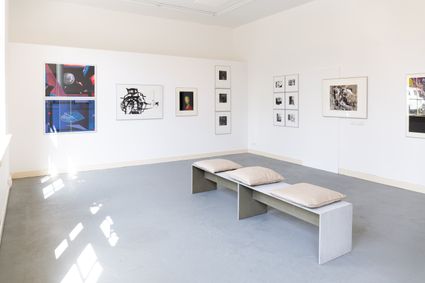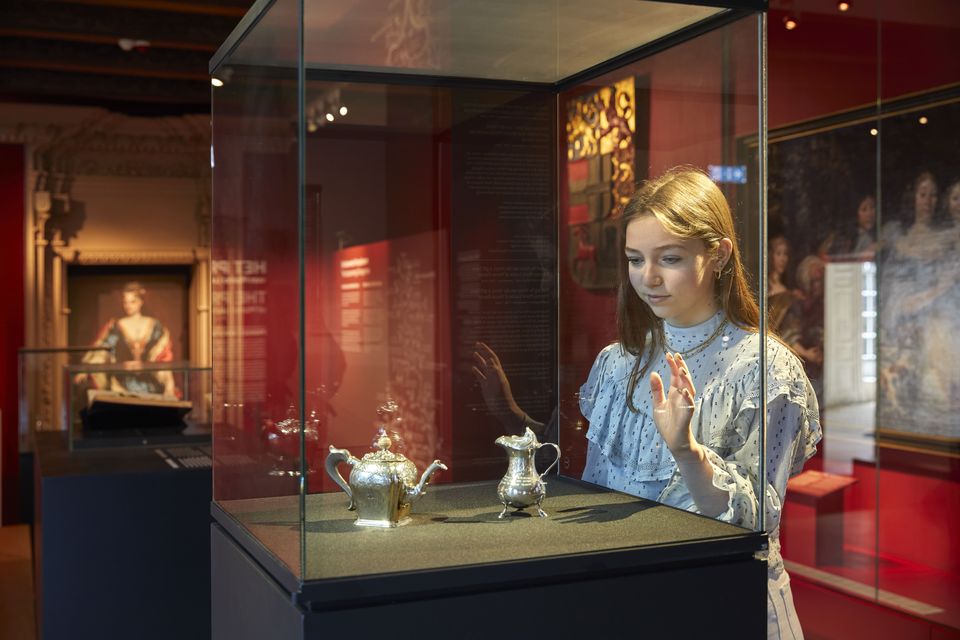
The Princessehof National Museum of Ceramics
In the middle of Leeuwarden's historic city centre stands the 18th-century city palace of Maria Louise van Hessen-Kassel, princess of Orange Nassau, ancestor of King Willem-Alexander. The world-famous M. C. Escher was also born in the same building.
The museum is free for children up to 17 years old.
In the middle of Leeuwarden's historic city centre stands the 18th-century city palace of Maria Louise van Hessen-Kassel, princess of Orange Nassau, ancestor of King Willem-Alexander. In 1898, the world-famous graphic artist M.C. Escher was also born in the same building. You enter the museum through the garden on the groeneweg, adjacent to the Prinsentuin. Two exhibitions on the ground floor give an insight into the lives of these two famous Princessehof residents.
Of Maria Louise, it becomes clear that she was crucial in p…
The museum is free for children up to 17 years old.
In the middle of Leeuwarden's historic city centre stands the 18th-century city palace of Maria Louise van Hessen-Kassel, princess of Orange Nassau, ancestor of King Willem-Alexander. In 1898, the world-famous graphic artist M.C. Escher was also born in the same building. You enter the museum through the garden on the groeneweg, adjacent to the Prinsentuin. Two exhibitions on the ground floor give an insight into the lives of these two famous Princessehof residents.
Of Maria Louise, it becomes clear that she was crucial in preserving the Orange dynasty. Would there still have been a royal house without her? In the small exhibition At Home with M.C. Escher, visitors get to know the young Maurits Escher. Using childhood photos and objects, the connection between Escher and the Princessehof becomes clearer than ever. Also, one of the world's best 3D street artists, Leon Keer, created a large painting on the wall and ceiling inspired by Escher's work Hol en Bol. With his three-dimensional translation of the work, Keer creates optical illusions in the vaulted basement space of Escher's birthplace.
In addition to its special former inhabitants, the Princessehof now houses the National Ceramics Museum. Besides changing, high-profile exhibitions, you'll find rare imperial porcelain from China and beautiful Art Nouveau ceramics. Or view iconic Delftware and work by artists such as Picasso and Karel Appel.

